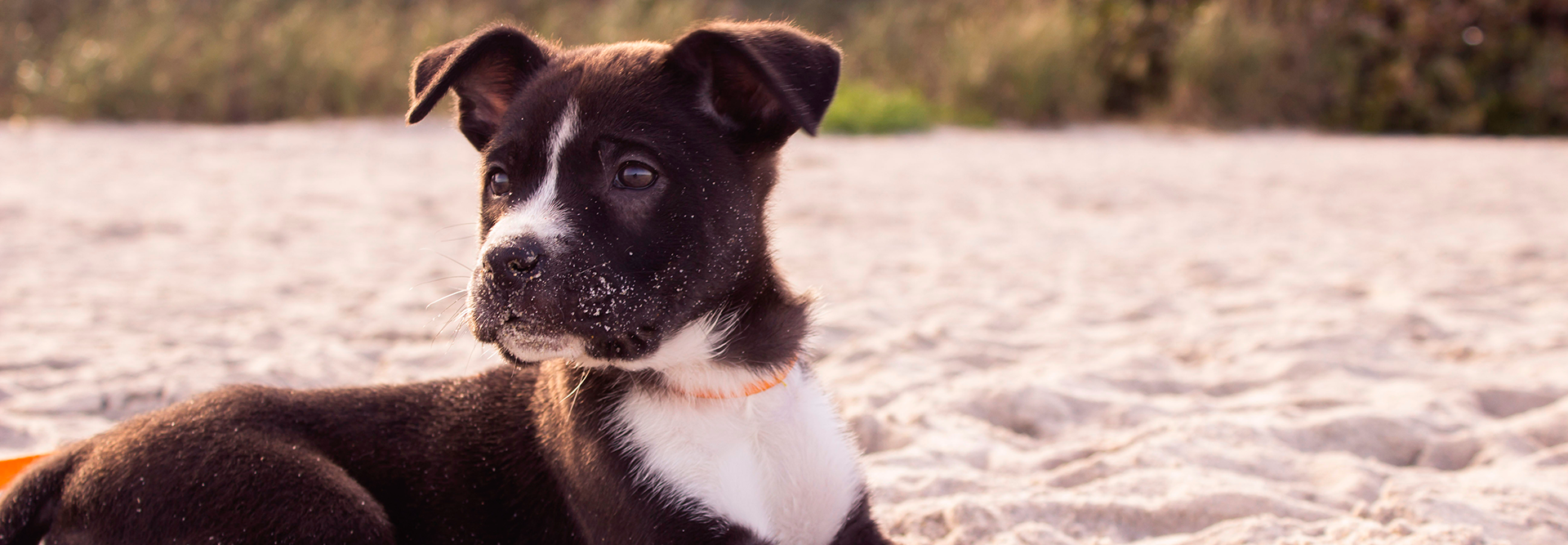
Now, you may think dog training seems like more work than anything else, especially if your pooch has a stubborn or bold personality, but we promise you both will benefit from it. With a Petland puppy, we offer a multitude of resources to help you get started including in-store training with detailed sessions, training kits, […]
Now, you may think dog training seems like more work than anything else, especially if your pooch has a stubborn or bold personality, but we promise you both will benefit from it. With a Petland puppy, we offer a multitude of resources to help you get started including in-store training with detailed sessions, training kits, and other valuable resources as part of our Petland Perks.
Read on to learn more about the essentials of dog training, our training tips, and the basic commands you should teach your pup.
Training is one of the most important things you can do for your canine. And what’s great about it is that it benefits your dog and you! No matter how much we want to, we can’t communicate with our cuddly canines as we talk with other people. That’s where dog training comes in handy—it teaches you and your dog how to understand each other, even if neither of you speaks the same language.
When you train your dog, for example, you teach your dog the rules of your house (not theirs!), showing them who’s in command. This helps prevent any bad habits from developing into problematic behavior, especially if your furry friend is a puppy. Training can also help dog breeds with sassy or proud personalities from overstepping their boundaries.
Above all, a good training session lets you and your fur-baby spend time together, building a strong human-animal bond!
When it comes to dog training, there are two types of methods you need to be aware of:
Between the two methods, we recommend using positive reinforcement as it’s more likely to motivate your pooch to perform the tasks you want. Some positive consequences you can give to your puppy include a yummy treat, chewy toy, or affection. Your puppy will enjoy responding to training sessions that reward their good behavior or tricks.
With negative reinforcement, you remove two types of stimuli from your puppy’s environment: aversive and positive. When you remove aversive stimuli, you take away an unpleasant activity like “time out” from your puppy if they perform the task you want. An alternative method is to remove positive stimuli like your puppy’s favorite toy when they misbehave.
Negative reinforcement can be just as effective as positive reinforcement. However, it should never resort to hitting or scolding your dog. If you use physical punishment to train your dog, they will grow to fear and resent you, which is not the goal of dog training.
Dog training comes with a set of dos and don’ts. Knowing the following tips allows you to teach your furry companion the rules of the world without causing a break in your bond. When training your dog, here are a couple of things to keep in mind:
Whether your pooch is a puppy or an adult dog, you should ensure they know the 5 basic commands before you teach them any other tricks. These commands are essential when you’re inside your house or outside:
Always keep dog training short and fun. If a training session becomes boring or repetitive, take a break and come back to the lesson later. Your puppy may also excel with an obedience class or private lessons with a dog trainer. As long as you make time, your puppy will learn what it takes to be a good boy or girl. We hope that National Train Your Dog Month helps you build a lasting friendship with your furry friend!
If your puppy loves to bark their little heart out, try out our Tips on How to Stop Your Barking Puppy to stop it from becoming a habit!